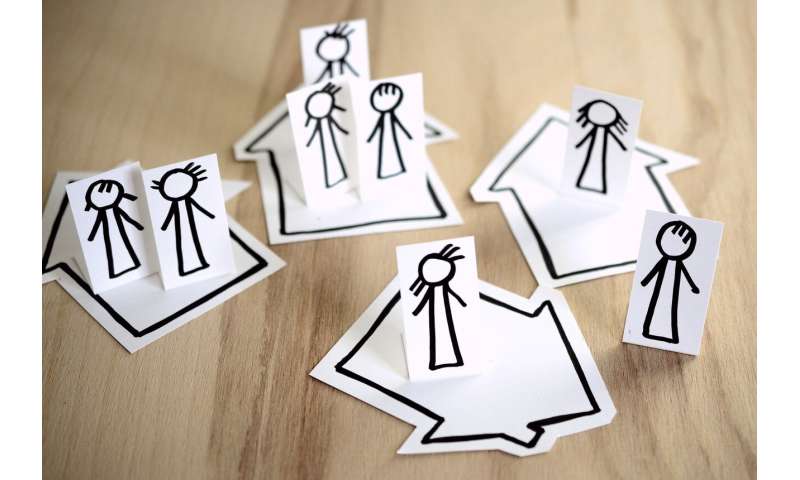
As daily new case counts of COVID-19 climbed across the country in late September, Prime Minister Justin Trudeau announced that Canada was now in the second wave of the pandemic.
Dr. Nitin Mohan, Assistant Professor, Western University’s Schulich School of Medicine & Dentistry is a physician epidemiologist who teaches in the Master of Management and Applied Sciences and Master of Public Health Programs. He explains exactly what a second wave is, why it happens, and how we can prepare.
When we talk about a “second wave” what do we mean?
Traditionally, a second wave is an increase in cases during a short period of time. When we had our first wave, we enacted broad public health measures to drive our case counts down with the aim of building capacity in lab testing, contact tracing and also in the community.
Once we lift restrictions, in a perfect world we hope that the case counts don’t jump too high, but typically what happens is you lift restrictions, you see a rise in case counts.
With the weather getting colder in the fall and now with schools and other sectors reopening, it’s predictable to see a second wave. What we really watch is how high that wave gets. We want to keep that peak of the wave lower than the first time.
Is a second wave just inevitable in a pandemic?
The second wave is predictable. It shouldn’t be a surprise to anyone that we are experiencing a second wave. I think what we have to focus on is how high the wave gets again.
Historically, we can look back to the Spanish Flu in 1918. The last time this happened was 100 years ago, and we did see some distinct second waves. The areas that had higher second waves tended to have shorter first wave precautions. So, what that means is that they lifted the restrictions earlier than places that had a lower second wave.
How do we know we’ve entered the second wave in Canada?
The second wave isn’t going to introduce itself politely, it just shows up; and it’s here.
We can talk about what the first blip was, and when we were officially there – but I think what’s more important to understand is that we are in that second wave now and we need to take this with the precaution that it deserves, continue on with public health measures and drive the case count down.
https://youtube.com/watch?v=gC3jo03XzIY%3Fcolor%3Dwhite
What can be done to keep down the second wave peak?
The broad-based public health measures have to continue – so, wear a mask when you are not able to physically distance, wash your hands, and then again physically distance as much as possible and avoid non-essential activities.
As much as we hope and wish we can return to pre-pandemic normal, we are not there right now. So, you have to be cautious in everything that you are doing.
We call COVID the ultimate “we issue” – something like wearing a mask protects your community members more than it protects you. We all need to be looking out for each other.
What is unique or different about this wave compared to the last?
Younger folks are driving the numbers up this time, specifically, those under the age of 40, and in many cases, under the age of 20. That may be driven in part by the belief that COVID-19 only impacts the elderly.
We do know that younger folks aren’t as severely harmed by COVID-19, that being said, there are many instances where these folks do end up in hospital or ICU and these are individuals that are otherwise healthy. We’re still learning a lot about the virus and we know now that even if you recover there are lasting long-term effects.
Will we go back into complete lock down again?
We have a lot more data coming into this second wave than we did for the first. So, through contact tracing and lab data, it is easier to pinpoint where these cases are arising from so that there can be targeted public health interventions.
The hope is not to close down all parts of the economy and all sectors all at once. When we talk about public health, it’s not just infectious disease transmission, we’re talking about social and economic issues, we want our students to go school and get an education, we want businesses to continue to make money. So, if we know that there are areas that drive transmission – and these areas we call high-risk areas – we can do targeted closures there and this allows us to keep the rest of the economy open.
How will cold and flu season going to influence the second wave?
Colds and flus still exist, and people will get them this year. There are symptoms of a cold and the flu that mimic the symptoms of COVID-19; we call these confounding symptoms. This can influence capacity in primary care providers’ offices and testing centers.
Source: Read Full Article
